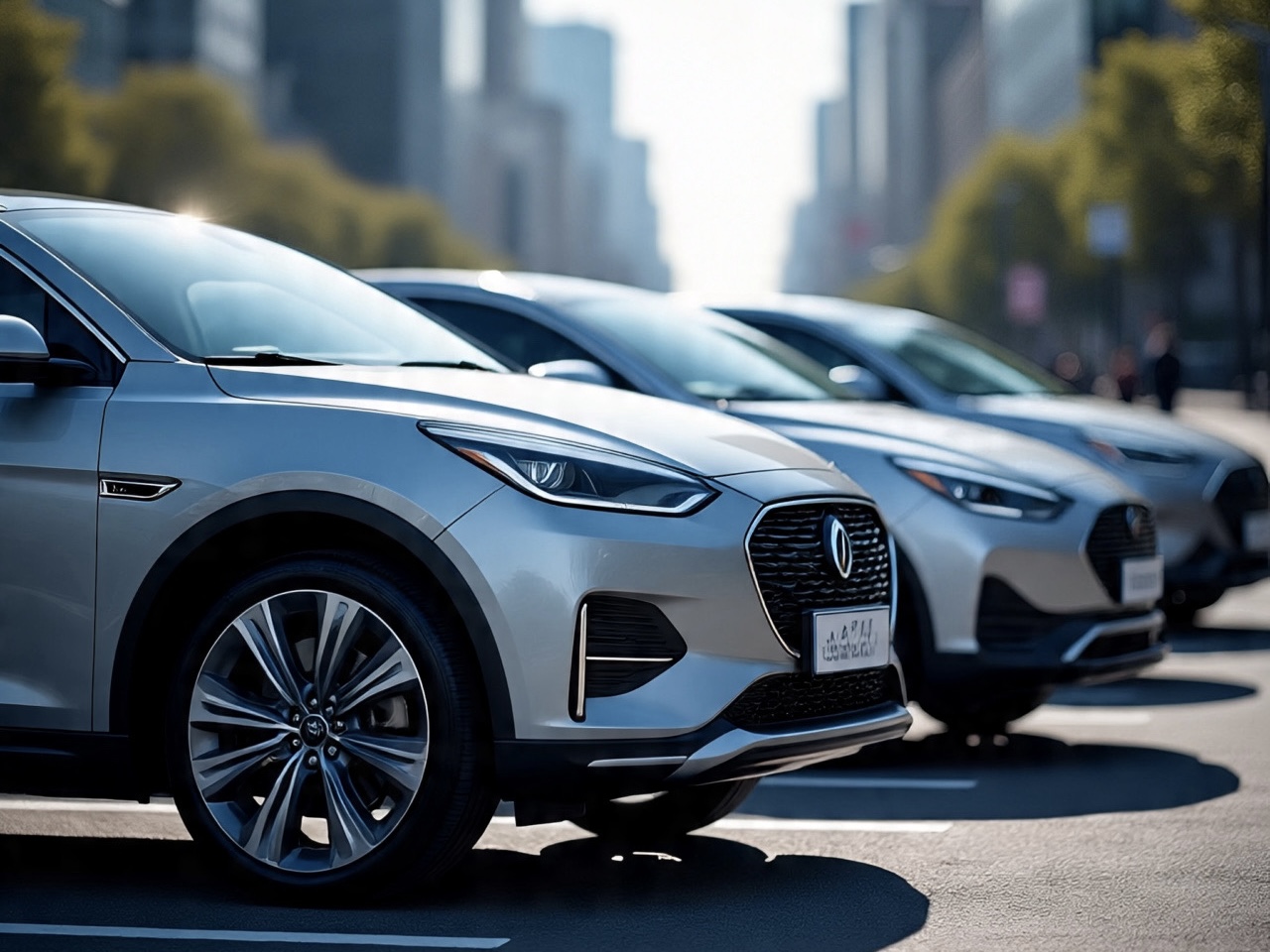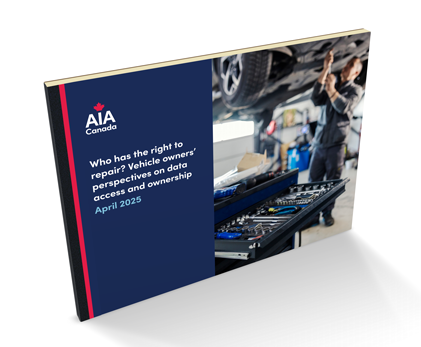
Japanese automakers Toyota and Honda are still first and second, respectively, when it comes to relationships with suppliers. But General Motors has made significant gains, while Nissan has trended in the opposite direction, according to a recent study.
The North American Automotive OEM – Supplier Working Relations Index Study saw GM place third while Nissan’s downward trend ranks them sixth after sitting in third in 2014. Ford sits fourth and Fiat Chrysler is fifth.
John Henke, president of Planning Perspectives, Inc., which conducts the annual survey, called GM’s turnaround “remarkable,” and was also able to explain the Detroit automaker’s rise, and Nissan’s fall.
“GM has improved across the board in all five of the key areas that comprise the Working Relations Index ranking, and Nissan has dropped in all five,” he said. “While both companies have had significant cost-cutting programs in place for the last two years, their programs have had opposite results in terms of supplier relations. Nissan’s adversarial approach to reducing cost has greatly disrupted relations with its suppliers and it is safe to say that it has cost them tens of millions of dollars in supplier contribution to profits.”
Those five areas are OEM supplier relationship, OEM communication, OEM help, OEM hindrance (reverse measure), and supplier profit opportunity.
 And the difference between GM and Nissan extends down to purchase areas, in which the purchasing function is broken into six categories: body-in-white, chassis, electrical/electronics, exterior, interior and powertrain. GM gained in five of six, while Nissan dropped five of six.
And the difference between GM and Nissan extends down to purchase areas, in which the purchasing function is broken into six categories: body-in-white, chassis, electrical/electronics, exterior, interior and powertrain. GM gained in five of six, while Nissan dropped five of six.
Despite Honda’s high ranking, the study did find some regression in body-in-white and exterior, a slight decline in chassis, while being flat in the other three. Toyota saw significant improvement in electrical/electronics and a small gain in powertrain, while dropping in the four other areas. Ford fell in powertrain, chassis, and interior; had a slight gain in body-in-white; and significant gains in exterior and electrical/electronics. FCA dropped in body-in-white, powertrain and interior; had significant improvement in electrical/electronics; and some improvement in chassis and exterior.
A strong relationship starts at the top, Henke said.
“Every few years, an automaker will come up with some new program aimed at improving their supplier relations – but they rarely have a lasting effect,” he said. “The reason is quite simple: Supplier relations start at the top, but must be driven down to the buyers – and effectively reinforced – to get the buyers to change their behavior with supplier salespeople. Such an effort must be part of the corporate culture. Buyers will not change their behavior unless improving supplier relations is part of their performance measures.”













Leave a Reply